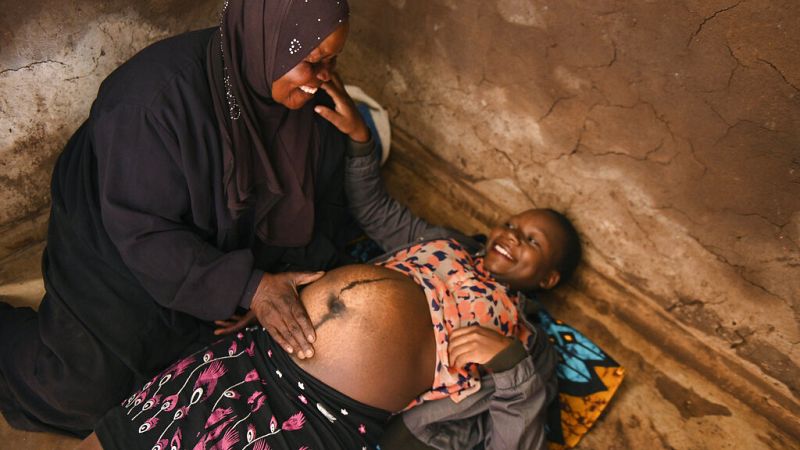Africa off track on maternal mortality targets, UN warns on world health day 2025

Africa must increase its annual rate of progress twelvefold to meet the global target for reducing maternal deaths by 2030, according to new estimates from the United Nations. While the region has halved maternal deaths since 2000, it still accounts for seven out of every ten maternal deaths worldwide.
The findings, released by the UN Maternal Mortality Estimation Interagency Group, show that maternal mortality in Africa fell from 727 deaths per 100,000 live births in 2000 to 442 in 2023. Despite the decline, the continent remains far off track to reach the Sustainable Development Goal (SDG) target of fewer than 70 deaths per 100,000 live births by the decade's end.
Thousands of Women and Newborns Still Dying Needlessly
Across the African region, an estimated 178,000 women die each year due to complications in pregnancy or childbirth. Nearly one million newborns also die annually many from causes that are preventable with timely, quality healthcare.
READ MORE : Portable ultrasound devices revolutionize maternal care in Kenya
The most common causes of maternal deaths include haemorrhage, high blood pressure, infections, unsafe abortion, and obstructed labour. For newborns, preterm birth complications, sepsis, birth trauma, and congenital anomalies top the list.
“These are deaths that don’t have to happen,” said Dr Chikwe Ihekweazu, Acting WHO Regional Director for Africa. “But in too many places, pregnancy and childbirth remain life-threatening.”
Slow Pace, Stark Gaps
From 2000 to 2023, the region recorded a modest 2.2% annual reduction rate in maternal deaths. At this rate, Africa is projected to reach nearly 350 deaths per 100,000 live births by 2030, five times the global target.
READ MORE : Women and newborns in South Darfur dying from preventable conditions, MSF alerts
Sub-Saharan Africa is also not on track to meet newborn survival goals. Despite a 33% drop in neonatal mortality and 30% fewer stillbirths since 2000, the region still accounts for 46% of global newborn deaths and 47% of stillbirths. The neonatal mortality rate is expected to remain twice as high as the SDG benchmark of 12 deaths per 1,000 live births by 2030.
What’s Holding Progress Back?
Health officials cite several systemic challenges: underfunded health systems, shortages of trained personnel, weak infrastructure, and repeated shocks like conflicts and disease outbreaks, all of which disrupt maternal and child health services.
In fragile settings, access to care is particularly limited. While over 60% of African countries now report that more than 80% of births are attended by skilled health workers up from 28% in 2010—rural and crisis-hit areas still face acute service gaps.
A Call to Action on World Health Day
This year’s World Health Day, on April 7, marked under the theme “Healthy Beginnings, Hopeful Futures,” places maternal and newborn health at the centre of global attention. The World Health Organization (WHO) is urging governments, donors, and communities to scale up investment and action.
READ MORE : Gauteng's struggle: why are babies still being born with HIV?
WHO is currently supporting countries in the region with national acceleration plans, updated antenatal and postnatal guidelines, and efforts to expand emergency obstetric and newborn care.
“Healthier mothers mean healthier societies,” said Dr Ihekweazu. “Improving maternal and newborn outcomes is one of the smartest investments a country can make.”
The Road to 2030
As the countdown to 2030 continues, the UN and WHO are calling for bold leadership, stronger partnerships, and sustained financing to close the gaps. The goal is clear: to ensure that no woman dies while giving life and every child gets the chance to survive and thrive.
Yesterday

